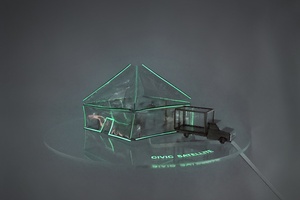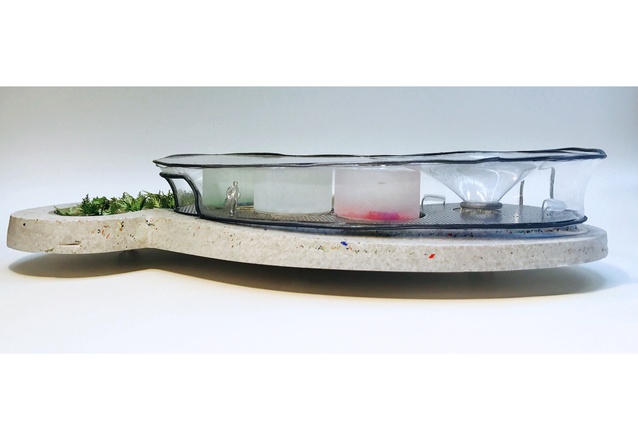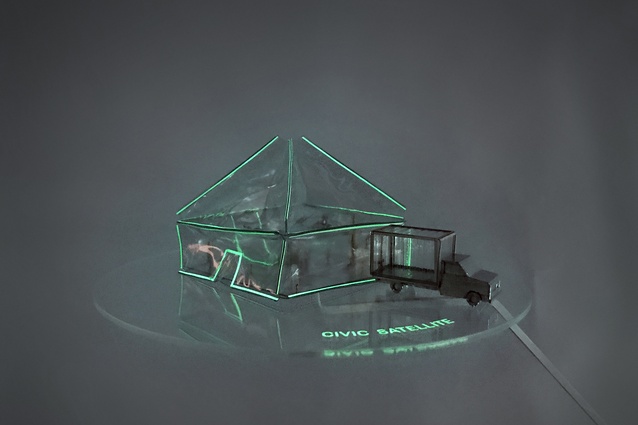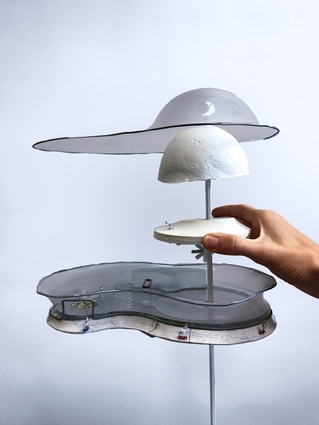2018 Interior Awards Q&A: Elliott Morgan
We chat with Elliott Morgan, winner of the Student category award at the 2017 Interior Awards, about his winning project Morphosis of Social Conscience and what has happened for him professionally since.
So, first things first… what did you do with the $1,000 prize money?
The morning after the awards I splurged and went skydiving! But the rest of the prize money I saved… until it eventually got spent partially funding a project of mine, OO_.
How was the process of entering the Interior Awards?
It was initially challenging to condense more than a year’s worth of work into a few hundred characters and a select few images. I had to really think about how to convey the complexity of the spaces I had proposed in my thesis in a simple and succinct way.
Why did you do it… what did you think an award could represent to you as a student?

The opportunity to experiment comes very rarely to some. But as a student it’s almost your duty to take risks and challenge your own tastes, expectations and conventions in architecture. An award like this would have validated this sort of mindset to me, which it did.
I never presented my spaces through typical perspectives or renderings and, in fact, the defining characteristics of the building were the blurred relationships with the interior and exterior: spaces that were neither inside or out.
I knew this might challenge the opinions and obligations of the Interior Awards jury, but I set aside the rules for what I believed in. Having reflected on my own success at the Interior Awards and elsewhere, I hope it reminds other students not to be afraid to challenge themselves and their critics.
Did presenting live to a jury of experts make you re-think, review or pose any interesting questions about your project? Was it nerve wracking?
I’d had my presentation well practiced at this point, having had presented it several times to other critics and judges, yet having it live streamed was probably the most nerve-wracking.

I suspected my colleagues and other industry professionals would be watching, though I didn’t know who. What I didn’t expect was my friends congratulating me on the presentation, not having told them – it was particularly gratifying and it felt like I’d just been on TV.
What has happened professionally since the award?
In October 2017, Micheal McCabe and I collaborated for Artweek Auckland where we had the opportunity to explore and realize concepts we shared between our theses. We created a temporary oxygen bar called OO_.
Having my designs recognised within the industry encouraged me to take an aesthetic that I’d only represented prototypically and see it physically manifested at 1:1 during Artweek.

Where are you at in your career today?
I work at Stevens Lawson Architects, although having been there for a year now I’m very much still a student of architecture. Every day I’m learning more and more about the realities of the architectural world.
Would you recommend students enter the Interior Awards programme? Why?
If you can afford the chance, then I can only encourage entering. Architecture and design students work extremely hard and it’s important not to let those efforts and talents go unnoticed.
To be eligible for the Student category award, entrants must be aged 28 or under and be currently studying full time in 3rd, 4th or 5th year or recently graduated (end of 2017) in the fields of interior design, spatial design or architecture. Entries are
Entries can be submitted through the Interior Awards website until Wednesday 2 May 2018.














